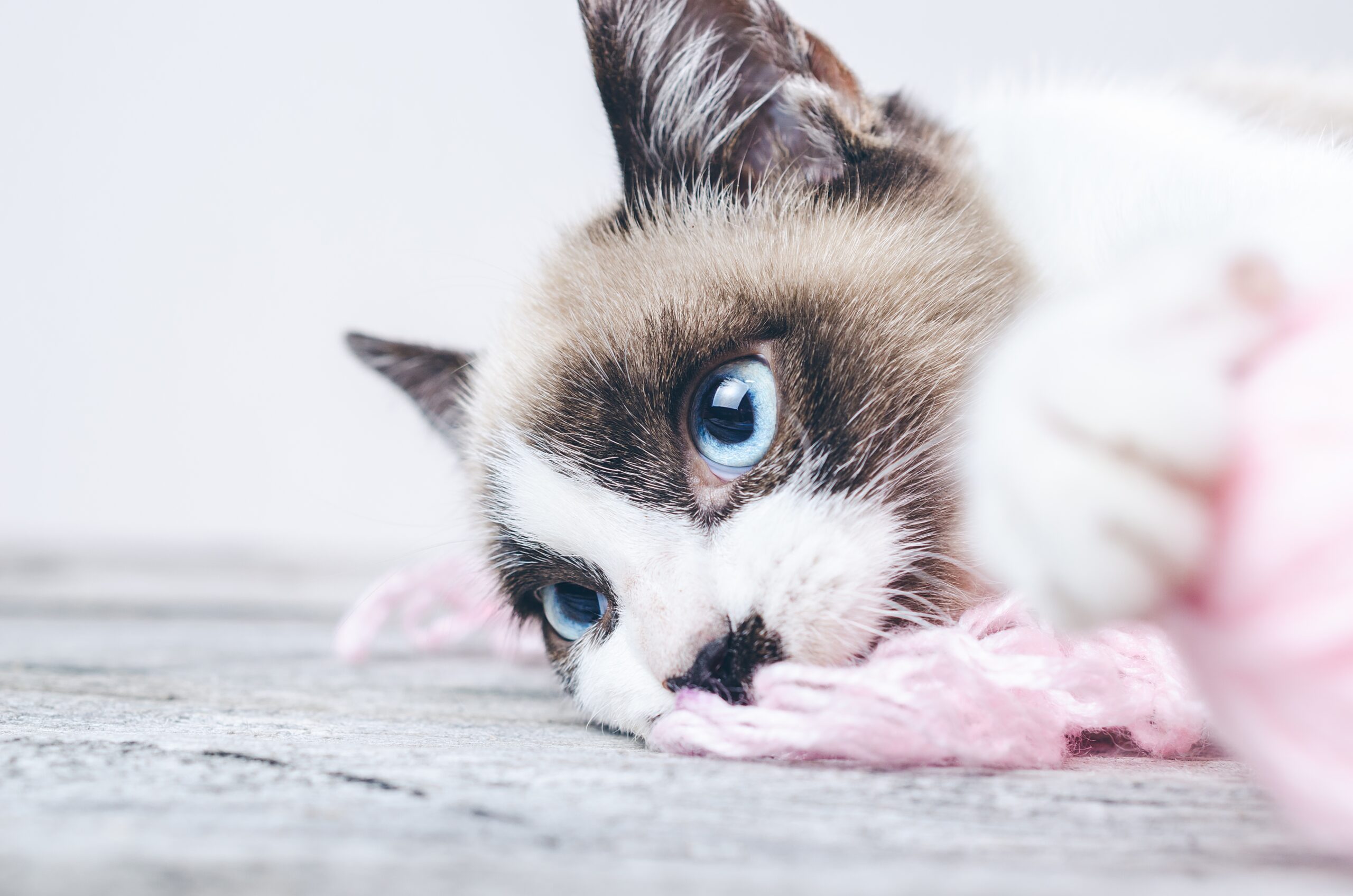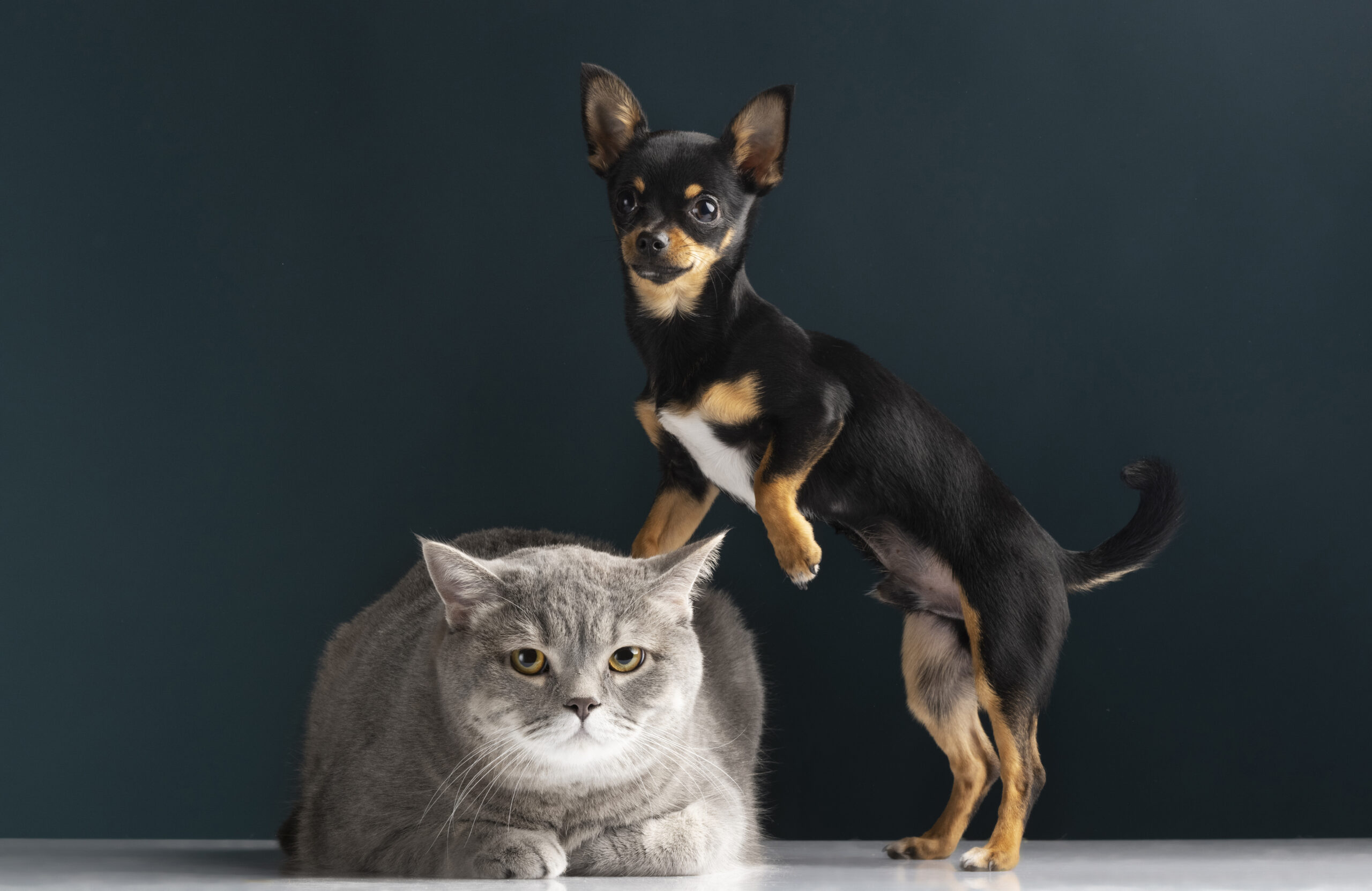Each cat is a world on its own but deviations in behavior might be a sign of a problem. If you own a cat, it is your duty to care and observe them for potential signs of stress, injury or imprinting discomfort. Here’s how to make sure your feline companion is healthy and happy.
Signs Your Cat May Have a Problem
When under stress or scared, your cat may show signs such as:
- Hiding away from everyone
- Increased self grooming naiively considered as hygiene
- Curling while sleeping
- Feeding themselves less and changing bathroom behavior to defecating in strange places
- Indoors spraying your expensive furniture
- In subjection to feline discomfort, pain anger, social withdrawal here are additional signs you can look for:
- Aggressive tendencies manifesting out of nowhere
- Avoiding eye contact with staff and constituents, choosing to remain at home
- Break these symptoms with a stubborn refusal to see the vet or any other animal behaviorist.
If you’re noticing any of these signs, it’s important to start by Addressing common behavioral problems in cats to ensure your feline’s health and emotional well-being.
How To Keep A Cat Happy:
To help remedy behavioral problems in cats, you might want to consider making their bed, water, litter box, and the door to outside more assessable. Providing hiding places helps cays feel more secure and reduces aggression. If cats do not go outside, make sure there are Indoor Activities and Interactive Games to Keep your Cat Entertained. Strong scratching posts are crucial for claiming space, fortifying muscles, and claw sharpening. Give your cat something to do with toys and make mealtimes interesting with puzzle feeders or dried food. Kindness go a long way especially when interacting with nervous cats. Always refrain from shouting or punishing them.

Understanding Cat Behavior:
Sometimes, specific tracks performed by your cats may confuse you. Here are some of them:
- Chattering: Makes it’s appearance when a cat spots a bird. It could mean either frustration or excitement.
- Rubbing: It’s a show of ownership and affection. A cat rubs It’s head on you marks you with pheromones.
- Bringing Gifts: A successful hunting cat can show It’s out in the wild can share It’s trophy with you.
- Eating Non Food Items: It is non food but in the eyes of definition. If It requires the attention of a vet, do not hesitate and make that trip.
- Kneading: Altering between resting paws is a self-soothing action from kittenhood or a courtesy “thank you” for being so nice.
Another noticeable behaviours:
- Cats fit into tight spaces because they make felines safe and secure.
- Staring and blinking means that an intense gaze can indicate alertness while a slow blink is equivalent to a kitty kiss.
- Defecating or urinating outside of the litter box can stem from either a medical or behavioral issue which causes inappropriate spaces to be used.
- Night calls and zoomies will occur if a cat is under-exercised or unfed before bed, leading to the need for nocturnal activity.
- A twitch of a cat’s ears signals anxiety to one and loud, upright ears show alertness.
- If a cat is rolling around on its back, it portrays safety and playful behavior.
- Cats seeking attention may twist around on an object that is currently in use so that the person in charge can see them and leave a scent behind.
- Drinking from the faucet captures the curious behavior from cats set forth by boredom, as they prefer running water.
- Tail twitching is an action when a cat is overly focused or excited, especially during play or hunting.
Supportive environments will help maintain a cat’s well-being together with understanding these behaviors, though further info can be sought from Guides to Designing The Perfect Indoor Environment for Your Cat
EXTRA:
Pawrpose AI is rethinking pet care smarter, kinder, and more connected. No more guesswork about your pet’s health, at any age.
Read more here: Pawrpose AI












